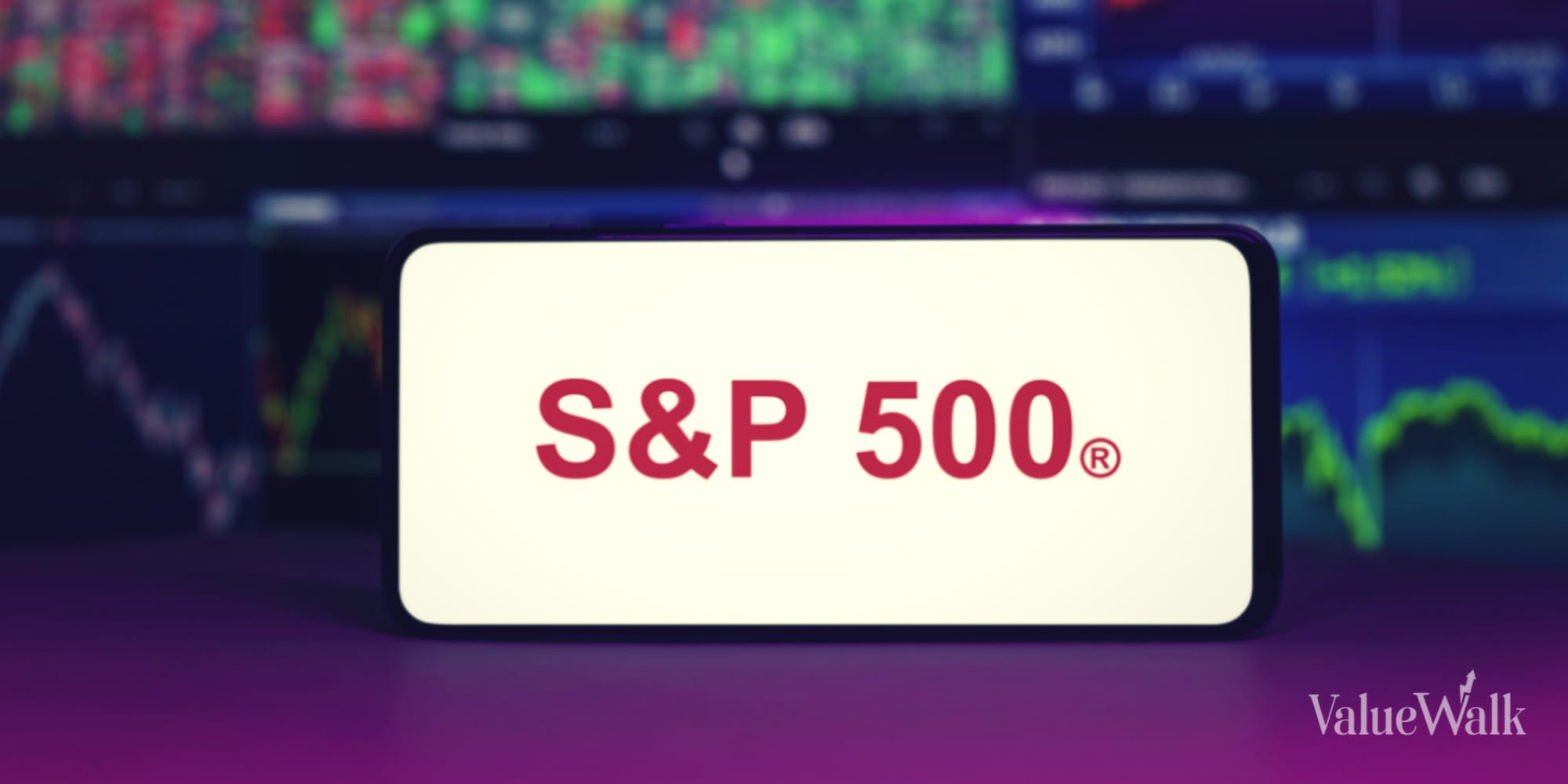After a two-year slog, the S&P 500 (SPX) is testing its all-time highs. As a result, many investors may be wondering if this something to celebrate or a cause for concern.
Your answer to this question will reveal your approach to investing. After all, some investors don’t believe in “buy low, sell high.” Instead, they adhere to a “buy high, sell higher” strategy.
Like all other others, that approach works until it doesn’t. However, if mean reversion means anything anymore and there’s still value in valuations, the S&P 500‘s risk-to-reward balance may be woefully out of balance.
Mission accomplished… or maybe not
The problem with assessing the health of the U.S. economy is that different people use different measurements. For example, it’s hard to reach a consensus about whether the U.S. actually had a recession in the past two years. While no recession was officially declared, that doesn’t mean people agree that a recession never happened.
As far as current Treasury Secretary and former Federal Reserve Chair Janet Yellen is concerned, there’s evidently no recession in progress in early 2024.
Yellen practically declared, “Mission accomplished,” not long ago, stating, “What we’re seeing now I think we can describe as a soft landing.”
A year ago, there was scant consensus that a “soft landing” would be achieved in the U.S. economy and markets. Now the pendulum of sentiment has swung sharply in the other direction, with the bullish voices drowning out bearish calls for caution.
Matthew Martin and Ryan Sweet of Oxford Economics concisely summed up the bulls’ argument, stating, “The odds of a recession have declined over the past several months because of a strong labor market, a deceleration in inflation, and looser financial conditions on the back of the impending Fed pivot to rate cuts.”
I’m surprised they didn’t also cite the “strong”/”resilient” U.S. consumer that economists and strategists constantly point to. I’ll go ahead and point to it as well, since there’s no denying that 2023 was a year when cash-strapped consumers applied the “buy now, pay later” principle as they shopped ’til they dropped:
The “soft landing” narrative can be contested of course, especially with U.S. manufacturing having struggled throughout 2022 and 2023. However, even in the manufacturing sector, silver linings can be found if you look hard enough:
Nonetheless, GenTrust’s Jim Besaw feels that the market has already priced in a best-case scenario in 2024 consisting of five assumptions: inflation will come down; a recession will be averted; artificial intelligence (AI) will live up to the hype; the delayed effects of higher interest rates won’t materialize; and geopolitical tensions will stay contained.
Accomplishing all five of those assumptions would be a tall order by any stretch of the imagination. Inflation will probably come down, though it has already come down quite a bit. Avoiding a recession certainly isn’t guaranteed, and again, it’s hard to achieve a consensus on what actually counts as a recession.
I believe the market’s greatest challenges will be managing the almost-inevitable letdown after the AI hype recedes and coping with the delayed fallout of high borrowing costs. With the S&P 500 touching its all-time highs, it feels as if investors aren’t prepared for disappointment, let alone calamity.
It’s bearish when hardly anyone is bearish
There are always a few alarmists out there. Like a broken clock that’s right twice per day, they’ll be right eventually, as a market crash will happen sooner or later.
Setting the perennial alarmists aside, the bearish voices are few and far between now, and they’re being drowned out by market optimists. Recession fears among business leaders have subsided quickly. Six to seven interest-rate cuts is the baseline expectation for 2024, even though no one at the Federal Reserve has promised this or even hinted at it.
It seems fear has been drained out of the financial markets, only to be replaced by hope. However, this isn’t just a feeling, as futures data indicate extreme positioning:
To corroborate this, just take a look at the Chicago Board Options Exchange’s (CBOE) Volatility Index, also known as the VIX or the “fear gauge.” It recently fell to 13, a level reached just before the onset of the COVID-19 pandemic.
The market was complacent then, just as it is now. This is happening as February, a seasonally weak month for stocks, fast approaches. Thus, it’s advisable to tread carefully and remember that sharp market drawdowns don’t tend to happen when the crowds and pundits expect them to.





